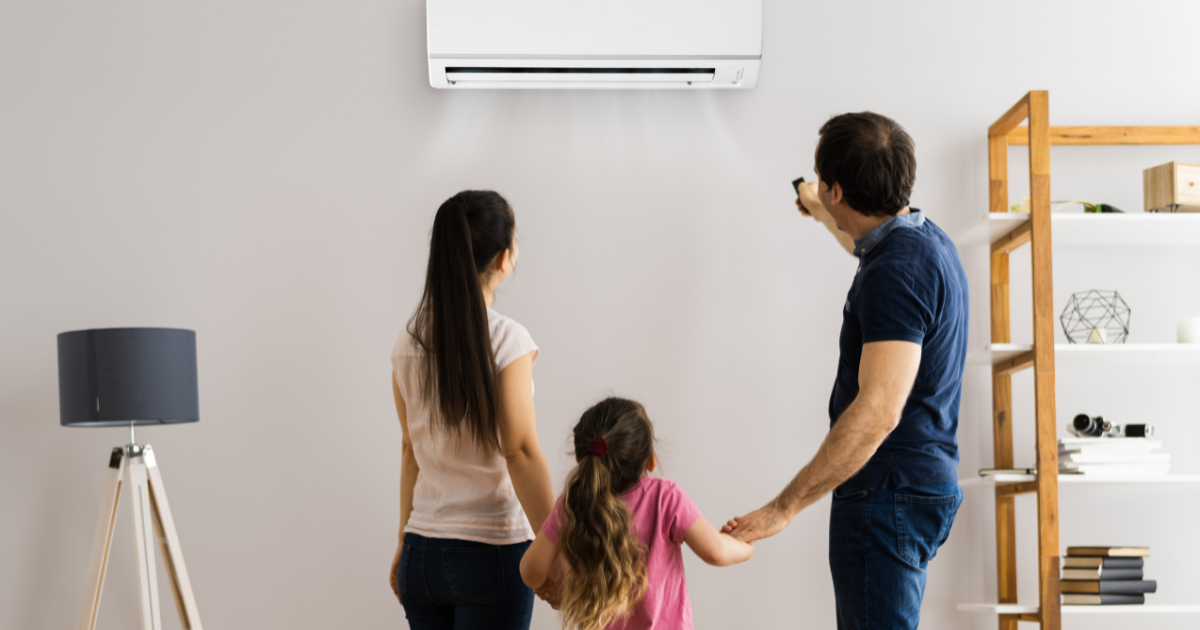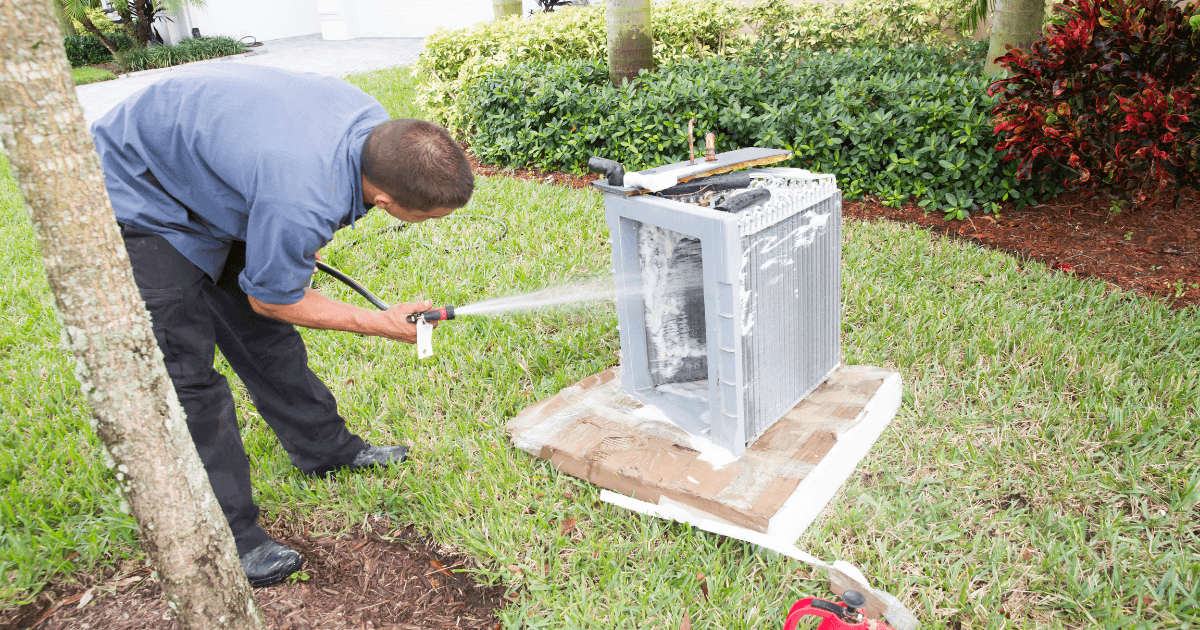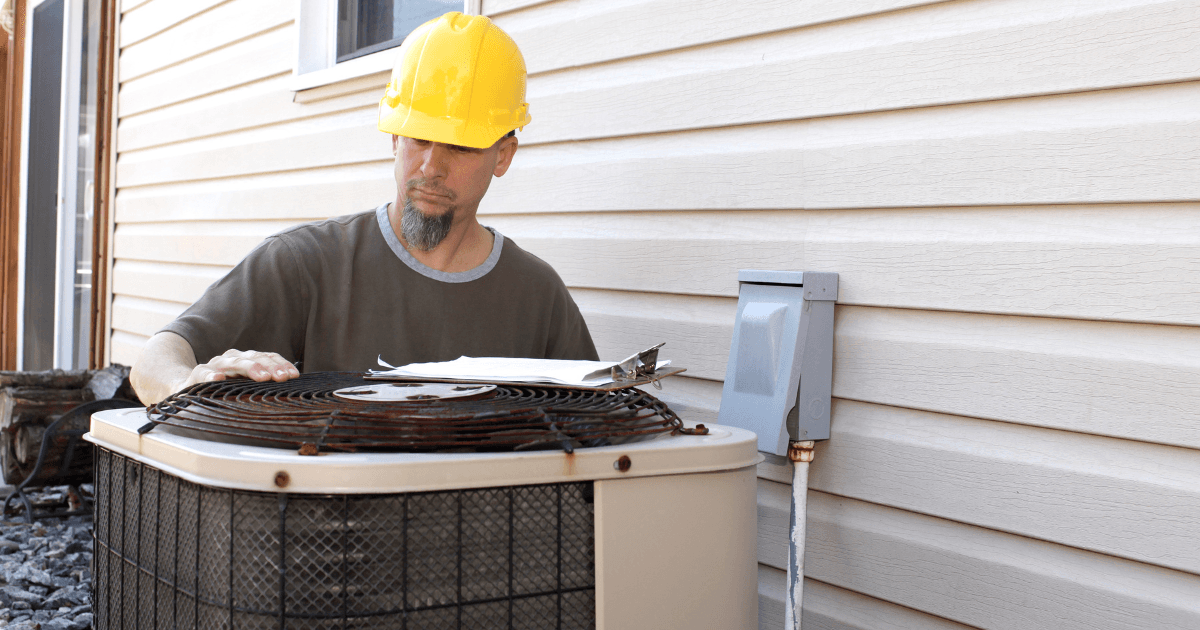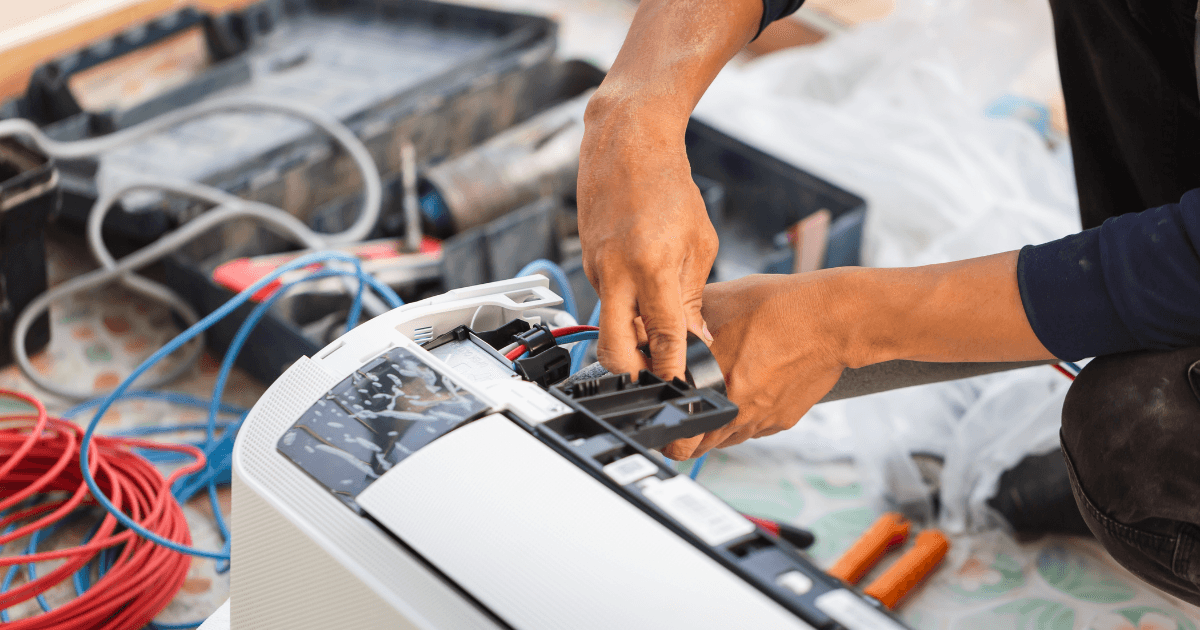As the Arizona summer heat intensifies, it’s not uncommon for homeowners to notice that their air conditioner seems to run nonstop. This observation leads many to wonder why this is happening and how to address the issue effectively. To truly understand why your AC system might be working overtime during the hottest months, we need to break down the root causes using first-principles thinking, which means understanding the core mechanisms of how an air conditioner works and how Arizona’s unique climate amplifies certain stressors.
By deconstructing conventional assumptions, we can uncover deeper insights into what makes AC units run continuously and how to optimize performance to balance comfort, energy efficiency, and system longevity. This article will explore the physics behind air conditioning, insulation issues, thermostat placement, maintenance, and more, giving readers actionable solutions that go beyond the surface.
1. The Physics of Cooling: Why Arizona’s Climate Overworks Your AC
Air conditioning systems function based on simple thermodynamic principles: heat transfer. The process begins when warm indoor air is drawn into the system, where refrigerant absorbs the heat and moves it outside the home. The problem arises when outside temperatures, such as those in Arizona, regularly exceed 100°F. In such conditions, the difference between the indoor and outdoor temperature shrinks, and this makes it harder for the AC unit to release the heat effectively.
First-Principles Insight: Understanding Heat Transfer Efficiency
From a fundamental standpoint, the energy required to move heat increases as the temperature gradient (the difference between indoor and outdoor temperatures) decreases. In Arizona’s heat, your air conditioner is fighting an uphill battle to maintain that gradient. When the outside temperature is 105°F, for example, it is significantly more difficult for your AC to keep your home at a cool 75°F than it would be in a milder climate. This leads to continuous operation as the system works to meet the thermostat’s demands.
2. Improper Sizing: When Your AC Unit Isn’t Built for Arizona’s Summers
A critical but often overlooked factor contributing to nonstop AC operation is the size of the unit relative to the space it’s meant to cool. AC systems are not one-size-fits-all; they need to be tailored to the size and insulation quality of the home. In many cases, Arizona homeowners might have undersized units that struggle to keep up with the cooling demands, particularly during peak summer months.
The Consequences of an Undersized Unit
When an air conditioner is too small for the space, it will run constantly in an attempt to reach the desired temperature but will never achieve it efficiently. This not only results in high energy consumption but also reduces the lifespan of the system due to constant wear and tear. Conversely, an oversized unit will cycle on and off too frequently, leading to inefficient cooling and uncomfortable humidity levels.
Practical Solution: Ensure Proper Sizing
Homeowners should consult with HVAC professionals to ensure their system is properly sized based on factors like square footage, insulation, and window placement. A correctly sized unit will cycle more effectively, cooling the home without running nonstop.
3. Insulation and Ductwork: The Silent Energy Thieves
Even with the most efficient AC unit, poor insulation and leaky ductwork can cause significant energy loss. In Arizona, where temperatures remain high both day and night, having insufficient insulation or damaged ductwork exacerbates the problem. Cool air escapes through gaps, and hot air seeps into your home, forcing the AC to work continuously to maintain the desired temperature.
First-Principles Insight: Energy Loss Through Poor Insulation
Insulation works by slowing the transfer of heat between two spaces. In an ideal scenario, your home’s insulation would block most of the heat from entering, keeping the cool air inside. However, if your insulation is old or insufficient for Arizona’s desert conditions, the rate of heat transfer into your home increases, requiring more effort from your AC unit to counteract that inflow.
Solution: Improve Insulation and Seal Duct Leaks
Upgrading insulation to match your climate zone is essential. Arizona homes benefit from insulation with a higher R-value, which measures resistance to heat flow. Additionally, sealing any duct leaks ensures that the cool air stays where it’s intended—inside your living spaces.
4. Thermostat Misplacement: Small Adjustments with Big Effects
Thermostat issues, particularly misplacement within the home, are another reason why your air conditioner may be running nonstop. If the thermostat is installed near a window, in direct sunlight, or close to an appliance that generates heat, it may register a warmer temperature than the rest of the home, prompting the AC to keep running even though most areas are sufficiently cool.
First-Principles Insight: Feedback Loops in Thermostat Placement
The thermostat acts as the brain of your air conditioning system, telling it when to turn on or off based on the indoor temperature. A poorly placed thermostat, however, creates a feedback loop that sends inaccurate data, tricking the system into believing the home is warmer than it is. This causes the AC to run unnecessarily.
Solution: Reposition the Thermostat or Invest in Smart Technology
By simply relocating the thermostat to a more central, shaded location, homeowners can ensure that the system responds to a more accurate reading of the home’s overall temperature. Alternatively, smart thermostats can learn your home’s cooling patterns and adjust the system’s operation based on real-time data, optimizing energy usage.
5. Maintenance Neglect: The Consequences of a Dirty System
Regular maintenance is crucial for the efficiency and longevity of your AC system. Over time, filters become clogged, coils collect dust, and refrigerant levels drop, all of which hinder the system’s ability to function effectively. When air cannot flow freely due to a clogged filter or dirty evaporator coils, the system must work harder and run longer to cool the space.
First-Principles Insight: Airflow and Efficiency
The relationship between airflow and energy efficiency is fundamental to how air conditioners operate. When airflow is restricted by a clogged filter, the system’s ability to transfer heat diminishes, requiring more energy and longer operational hours to reach the same cooling capacity.
Solution: Routine Maintenance Checklist
Arizona homeowners should clean or replace filters at least once a month during peak usage seasons and schedule professional maintenance twice a year to clean coils, check refrigerant levels, and ensure that all components are in optimal condition.
6. Environmental Factors: Arizona’s Unique Challenges
Beyond high temperatures, Arizona presents other environmental challenges that contribute to nonstop AC operation. Dust storms, which are common in desert climates, can wreak havoc on AC systems by clogging filters and outdoor units. In addition, the state’s low humidity levels can lead to static air and poor heat exchange in older systems.
First-Principles Insight: Dust as a Physical Barrier
Dust acts as an insulator when it settles on the system’s condenser coils, preventing them from efficiently releasing heat. This insulation effect forces the system to run longer to achieve the same level of cooling, leading to higher energy consumption and potential breakdowns.
Solution: Protect the Unit from Dust and Debris
Installing a protective cover for the outdoor unit during dust storms and regularly cleaning the unit’s components can prevent dust buildup. In especially dusty regions, it may be worth installing a more robust filtration system to trap debris before it impacts performance.
7. The Financial and Environmental Impact of Nonstop Operation
The financial toll of an air conditioner running nonstop is evident in higher energy bills, but the long-term cost is even greater. Systems that run continuously are more prone to breakdowns and require frequent repairs, reducing their lifespan by several years. Furthermore, this inefficiency contributes to higher energy consumption, which has broader environmental consequences.
First-Principles Insight: Cost of Energy Inefficiency
From a first-principles perspective, energy inefficiency translates directly into increased operational costs. Each hour the system runs unnecessarily represents wasted energy that could be saved through optimization and maintenance.
Solution: Energy Audits and Long-Term Planning
Arizona homeowners can benefit from conducting an energy audit, which can identify insulation gaps, inefficient windows, or other sources of energy loss. By addressing these issues, homeowners can reduce the load on their AC system and lower their long-term energy bills.
Conclusion: How to Keep Your AC Running Efficiently in Arizona’s Heat
To tackle the issue of a nonstop running air conditioner in Arizona’s extreme climate, it’s essential to address the root causes. By approaching the problem from a first-principles perspective, we can see how factors like heat transfer inefficiencies, improper sizing, poor insulation, and maintenance neglect all contribute to continuous operation. Implementing the recommended solutions—ranging from regular maintenance to proper thermostat placement and insulation upgrades—can help homeowners reduce energy costs, improve comfort, and prolong the lifespan of their AC systems.
Ultimately, in Arizona’s harsh climate, proactive maintenance and strategic home improvements are essential for keeping your air conditioner running efficiently. By understanding the core mechanics of cooling and making adjustments based on these principles, homeowners can ensure their system operates at its best, even in the face of extreme summer heat.





